Research project
Time and persistence
Contemporary Maya Calendars
- Funding
-
 The European Research Council (Advanced Grant 295434)
The European Research Council (Advanced Grant 295434)
- Partners
Maya communities of San Juan Ixcoy, Santa Eulalia in Guatemala and Calcehtok and Cumpich at México.
Short abstract
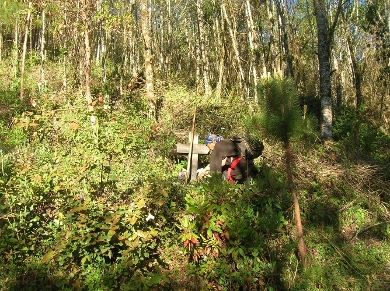
The Maya Calendars, as others, can’t be reduced to a mathematical structure for time management. Other layers also constitute the system for local time perception.
Social relevance
Since We believe that researchers have to be committed not only with science, but also with society, the social commitment is our central issue. This led to our central question: What the importance of Maya calendars for contemporary Maya is?
Of course we are involving Maya peoples on the discussions about the calendars and sharing our progress with them. At the end of the day, the calendar is a concern of Maya society and we (scholars) have to be engaged not only with general society, but mainly with Maya society, haven’t we?
Scientific relevance
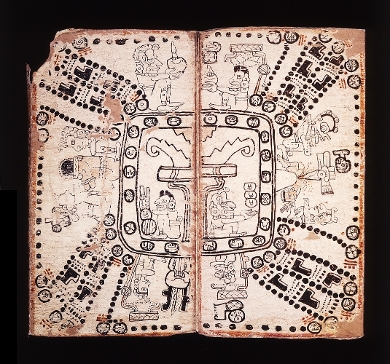
Most of scholars agree that Maya calendars were highly complex, although this complexity remains partially at darkness. In the other hand researches on Maya calendars were/are carried out by foreigners, not by Maya peoples, so the pre-understandings on the calendars are covered with a veil of western Cosmovision.
By including Maya peoples on the academic discussions, we attempt to stand out the inner perspective above others, or better say, we consider as the most important the perspective of the direct inheritors/holders of Maya calendars. By doing this, the complexity of Maya system of time will be better understood by both groups: Scientifics and the local society.
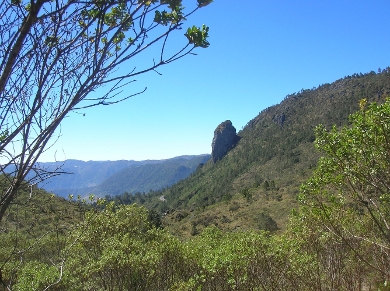
Why Leiden University?
The long tradition on Mesoamerican Heritage developed at Leiden University and the inclusion of indigenous peoples as researchers generate innovative ways of doing research. By doing such a research, bridges are being built between academy and indigenous societies.
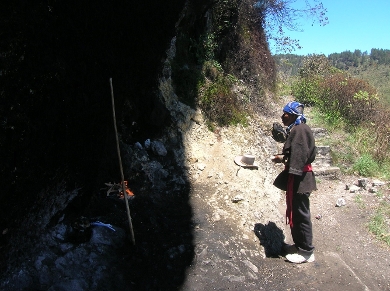
Material & Methods
As a Maya, I have to deal with special considerations on methodology. Naturally, I choose to talk from an inner perspective, so this implies decentralizing the discourse and seeking for a decolonized research. This is a major concern since most of researches on Maya calendars were/are carried out by foreigners, and the researches on indigenous cultures are not free of colonial practices.
Academics burden a western Cosmovision and usually project it to the interpretations. They also play a central role on what the world knows about Maya calendars. Decentralizing the discourses means that Mayan voice will be equally or more important than the others. So we need to deconstruct the studies on Maya calendars and rescue the authentic voice of Maya peoples. Thus, an important question emerges: How Maya peoples understand/describe/transmit their own heritage? This bring us back to our central question:
What the importance of Maya calendars for contemporary Maya is?
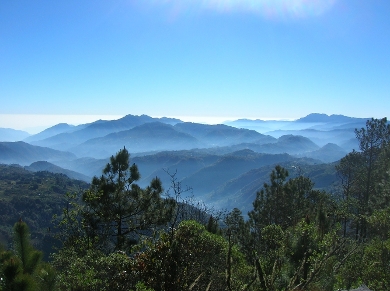
The contemporary social context where Maya calendars exist, led us to bring into the discussion some key words: power relationships, colonial practices, racism, ethics, respect for, empathy, etc. These considerations place us within the postcolonial discussions, where a decolonizing approach is also a major concern (free from colonial attitudes, practices, ideologies and so on). We are also following the advices of UN Declaration on the Rights of Indigenous Peoples regarding to cultural rights.
